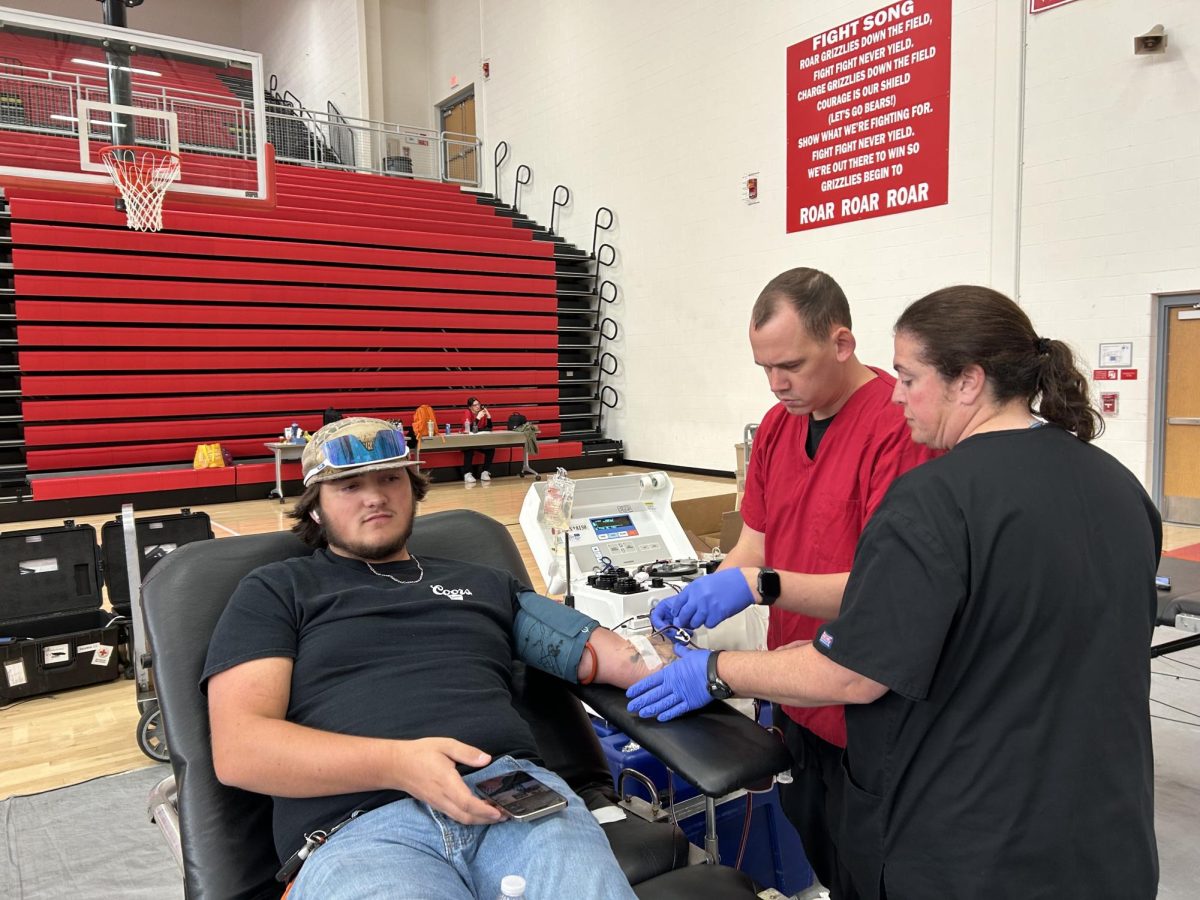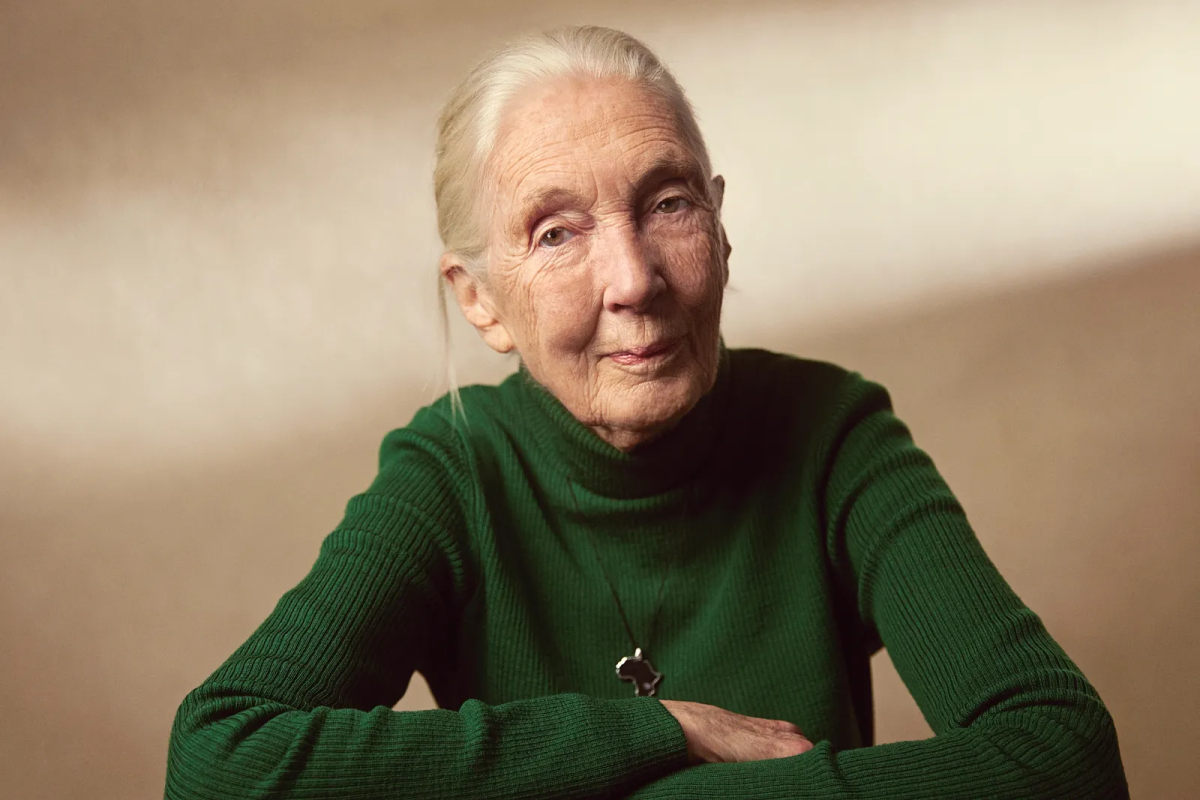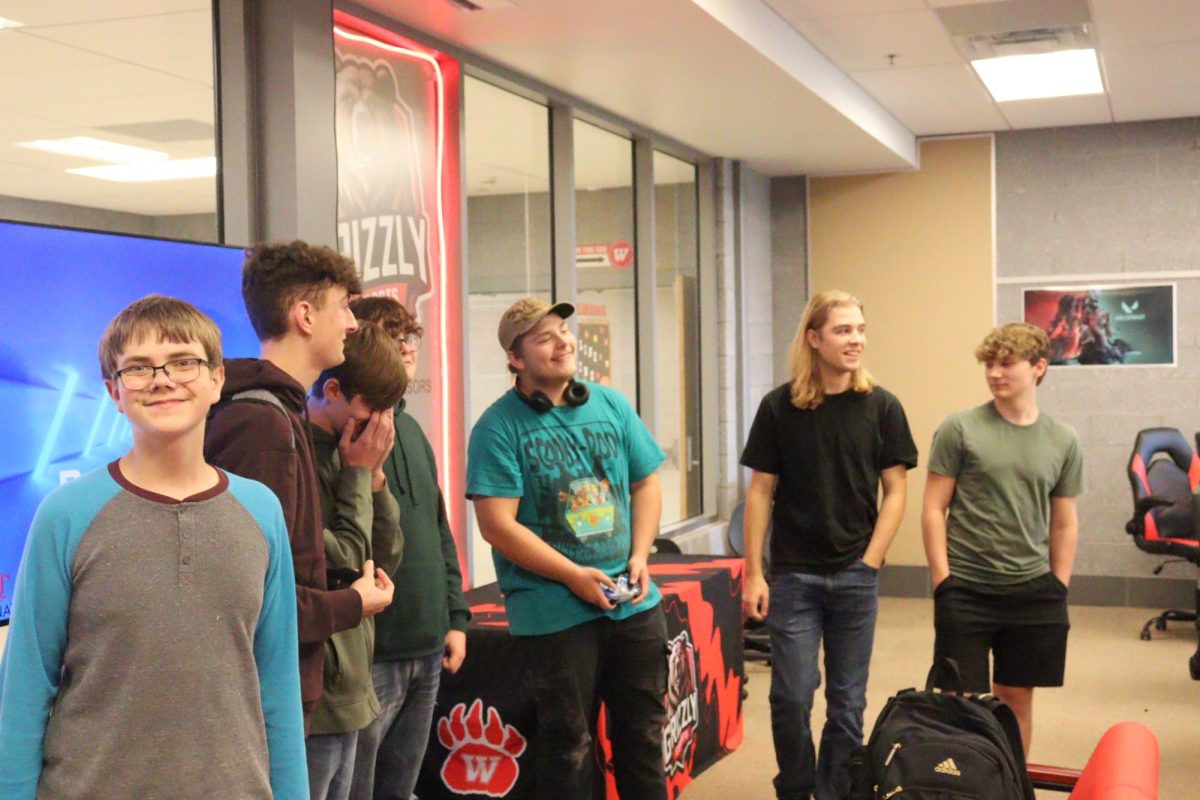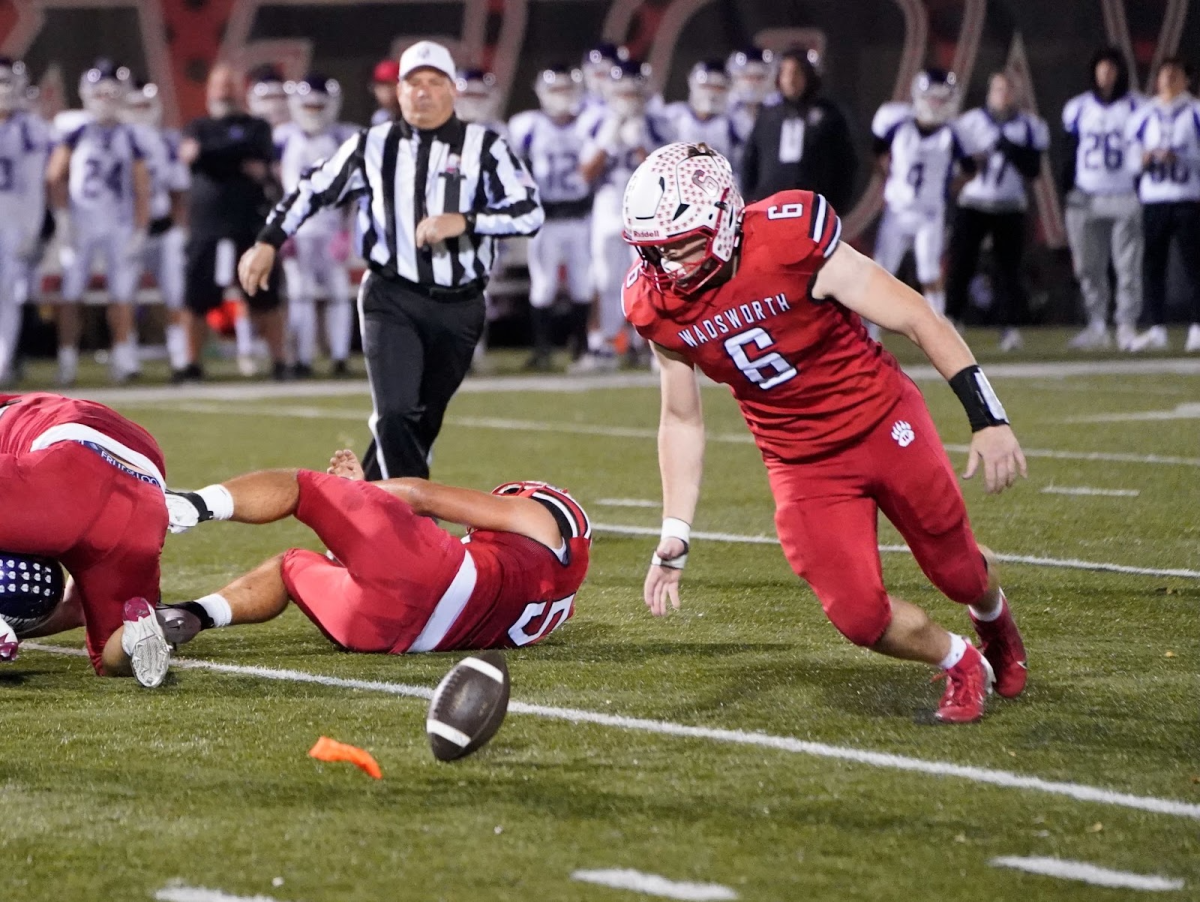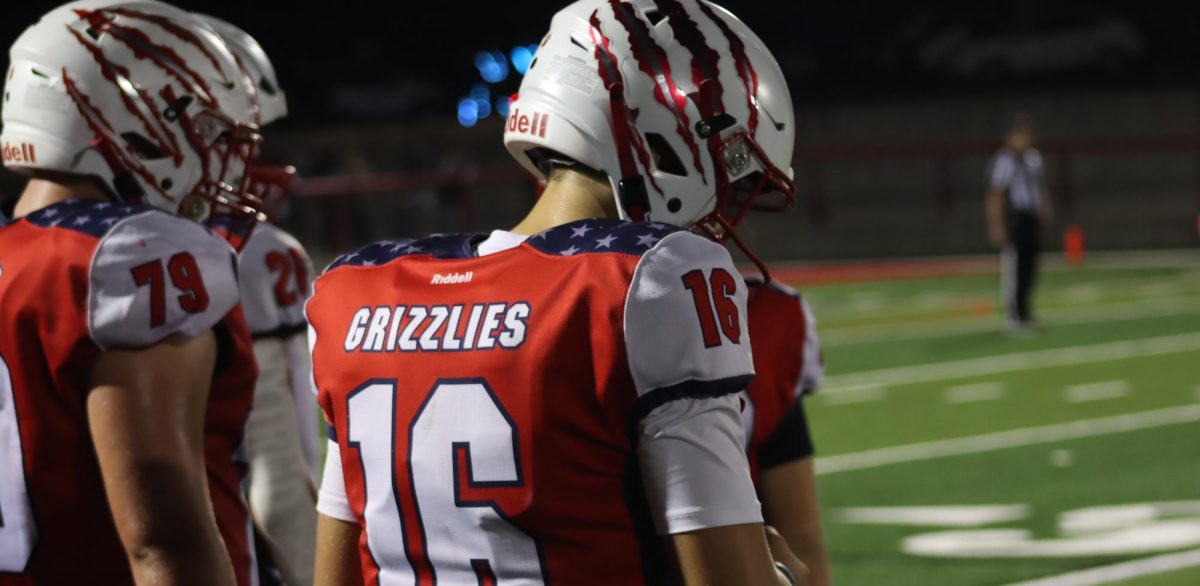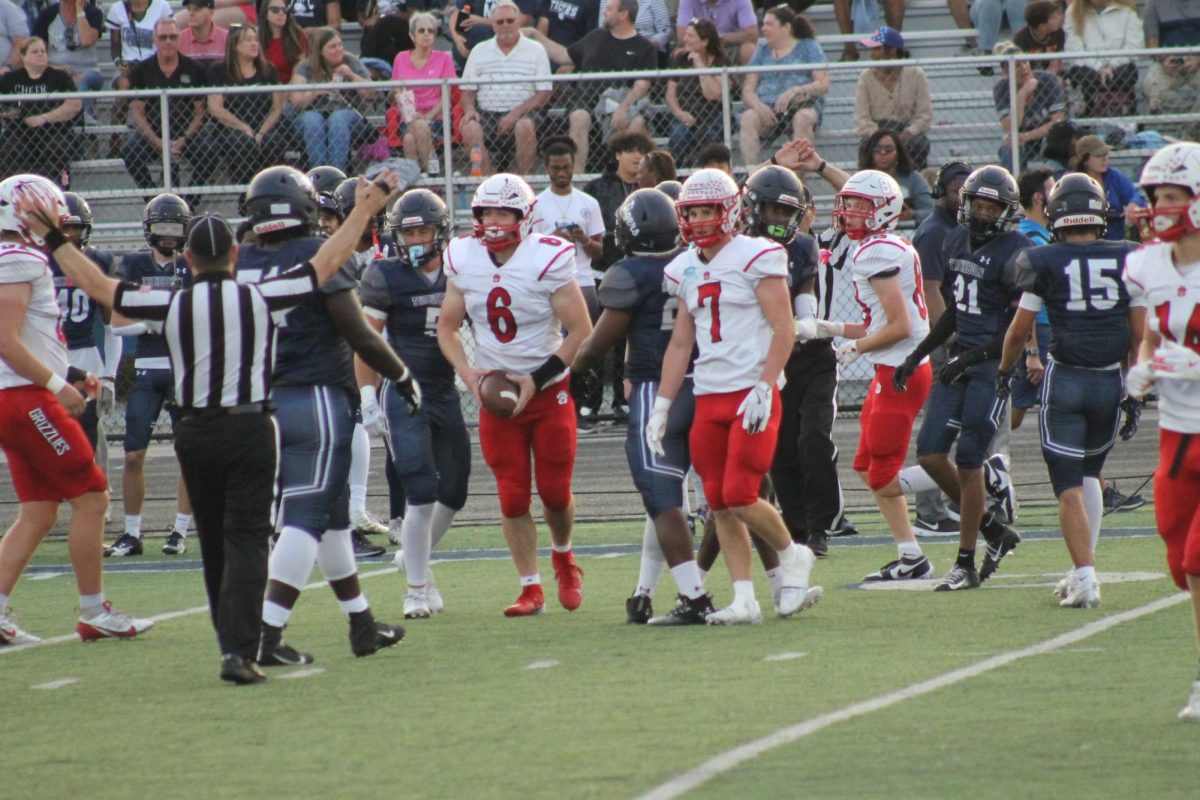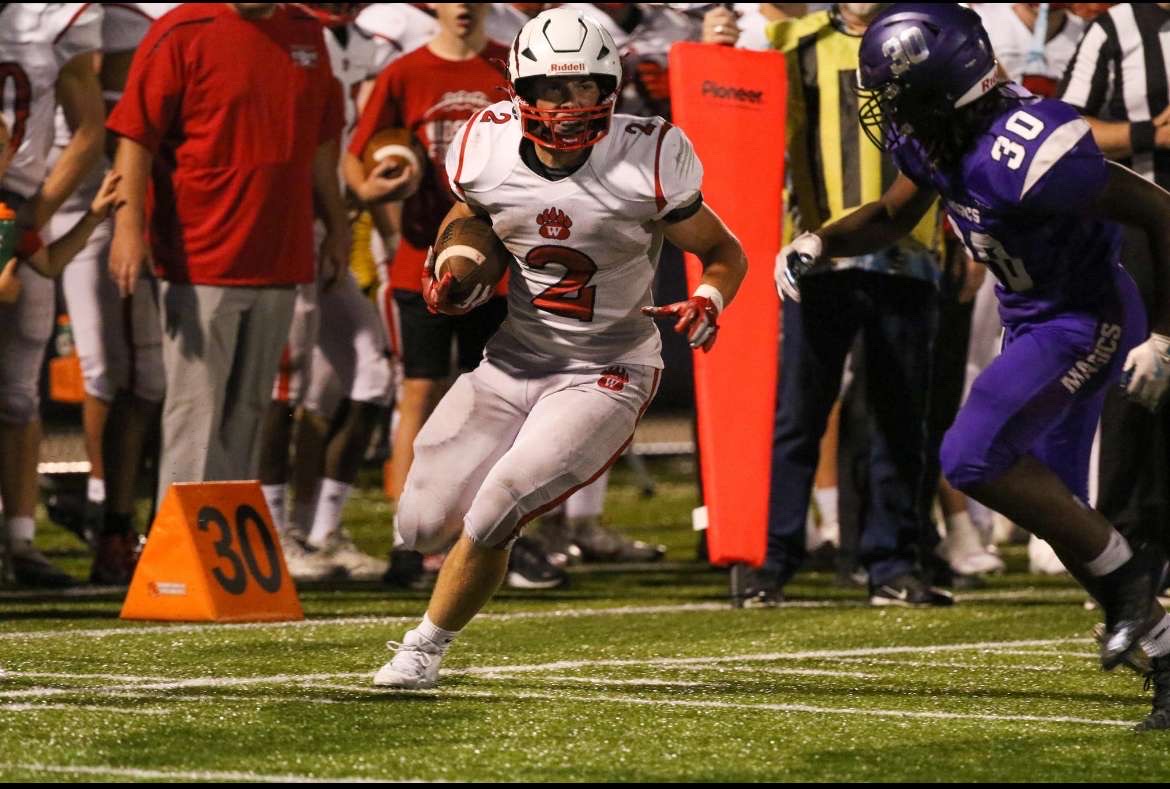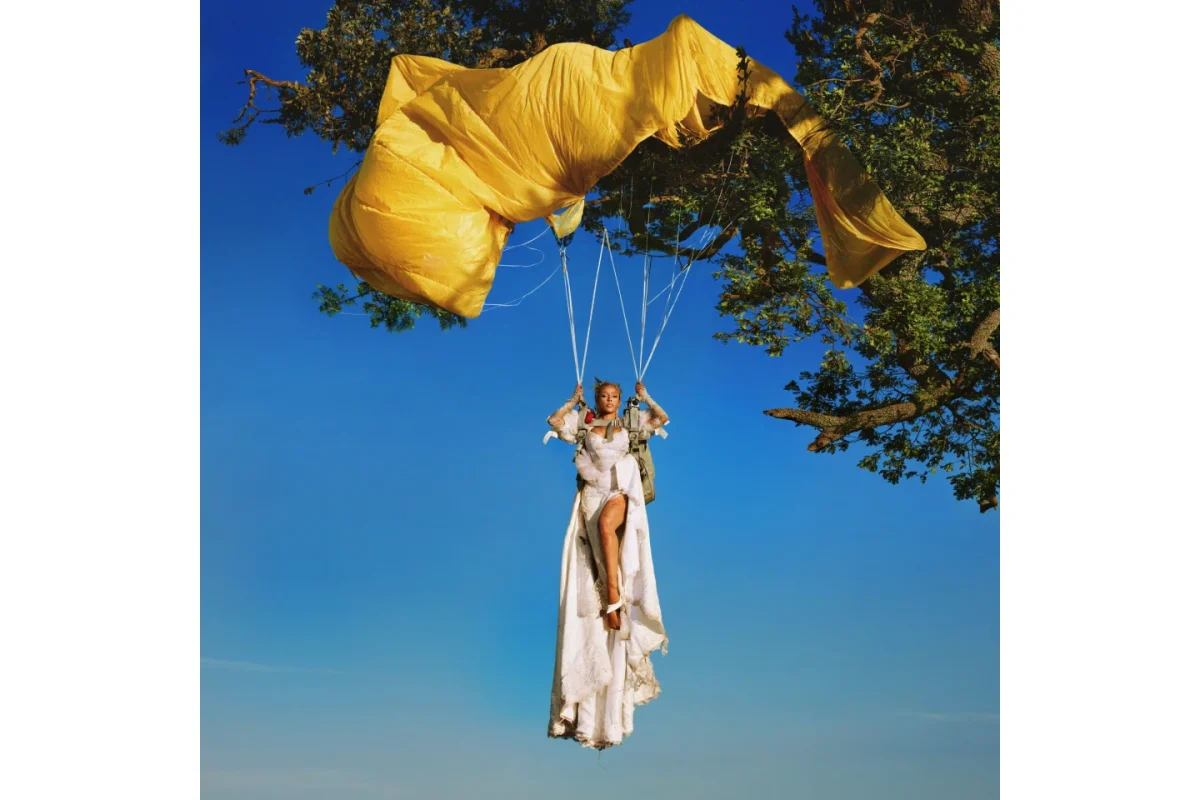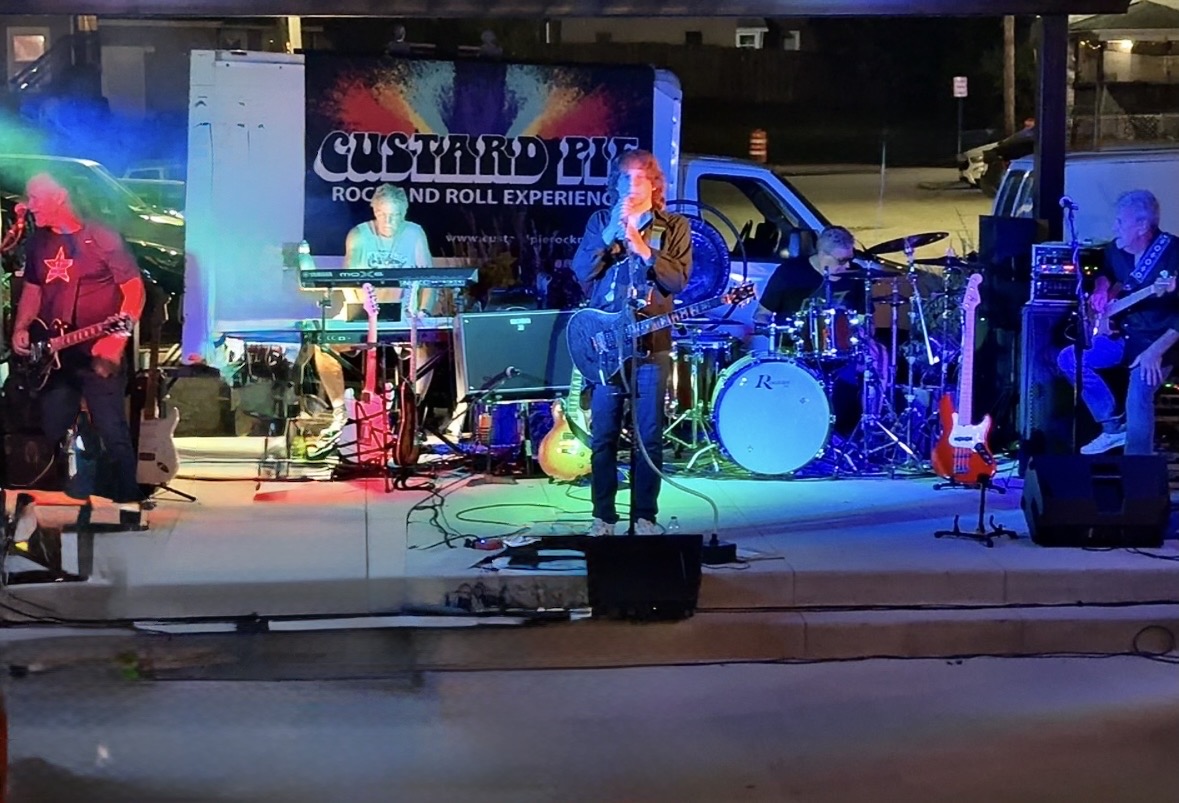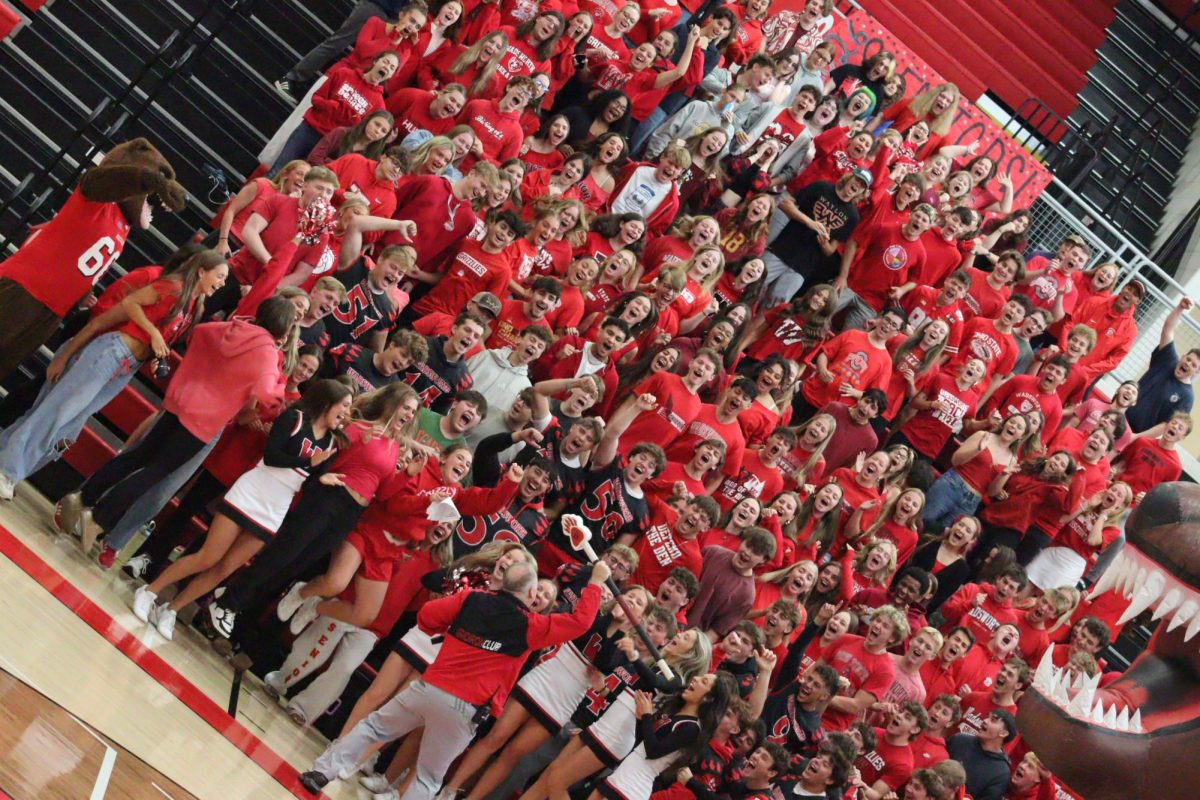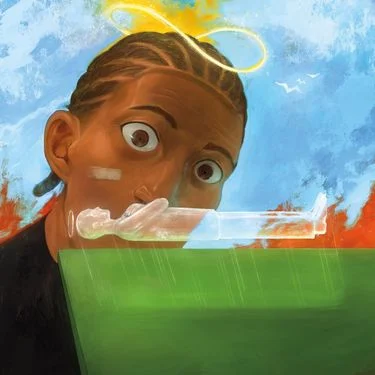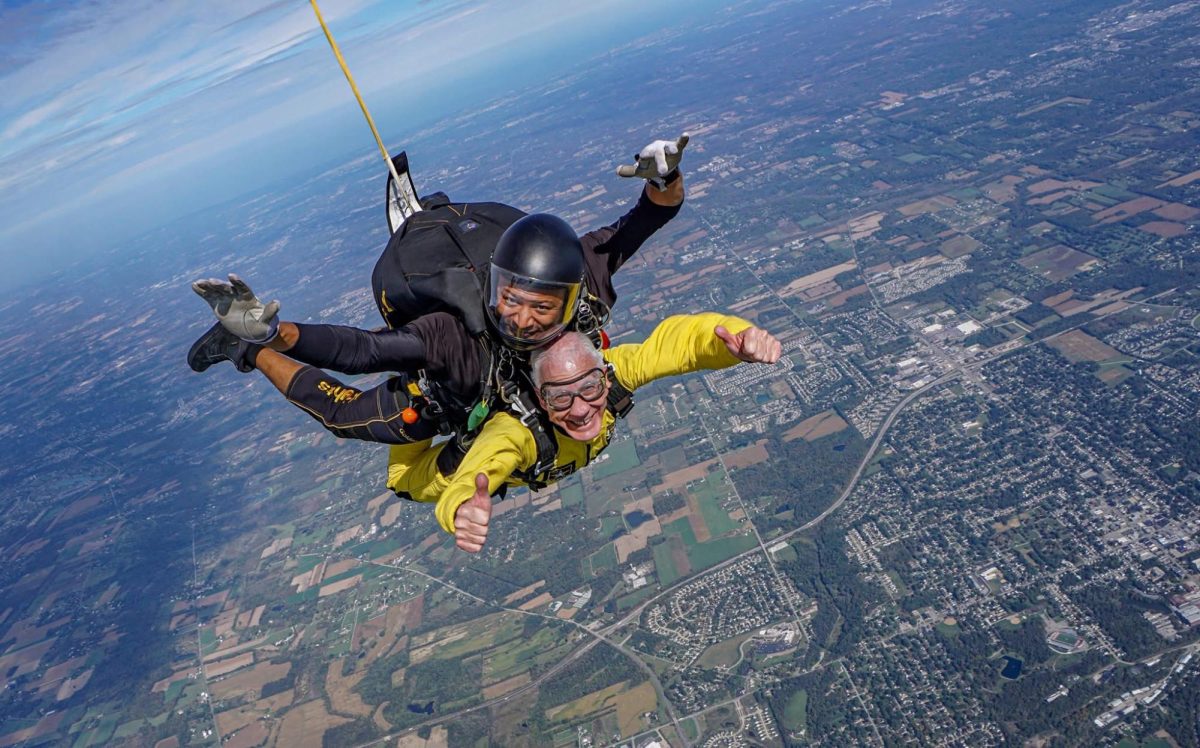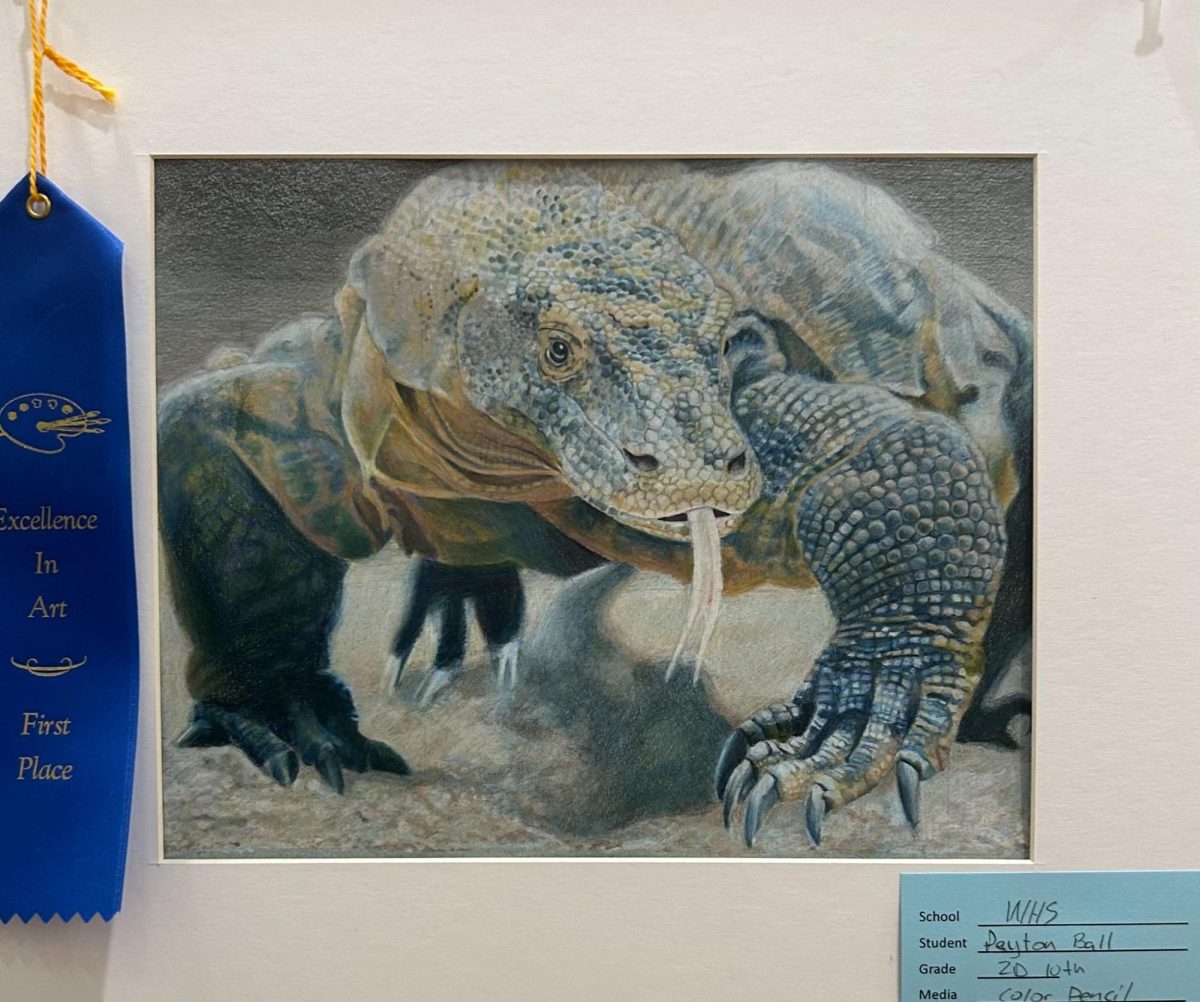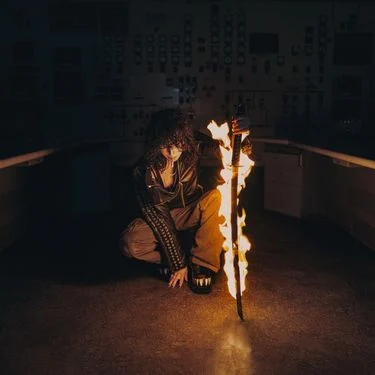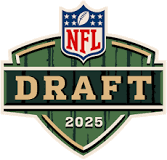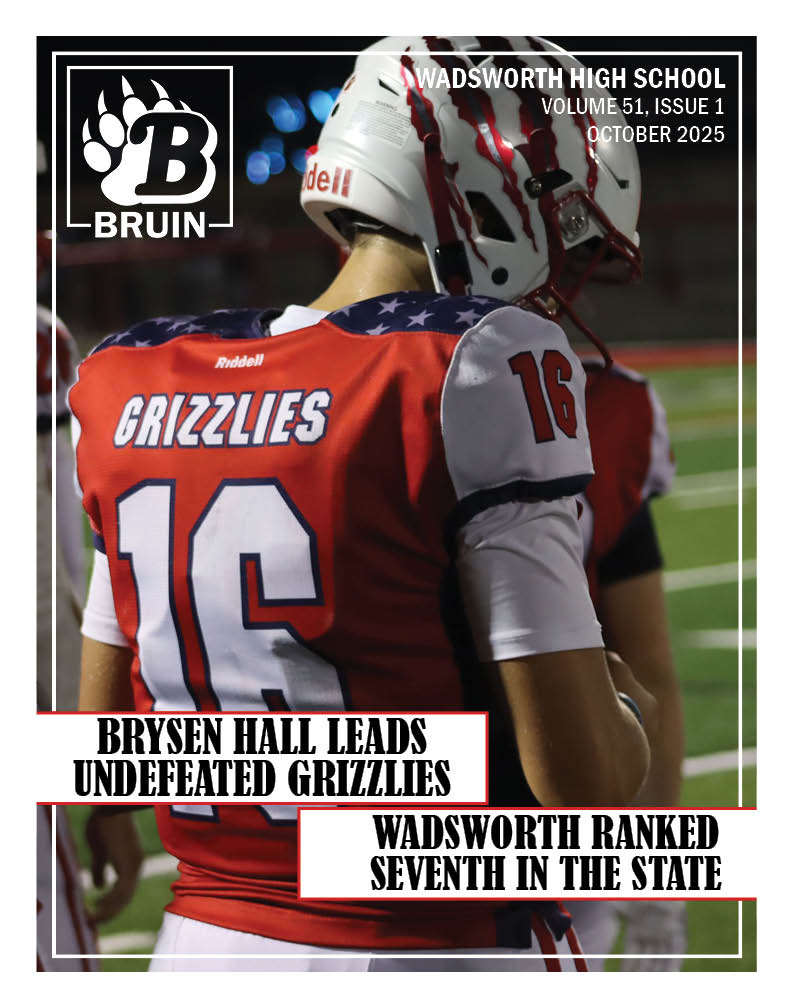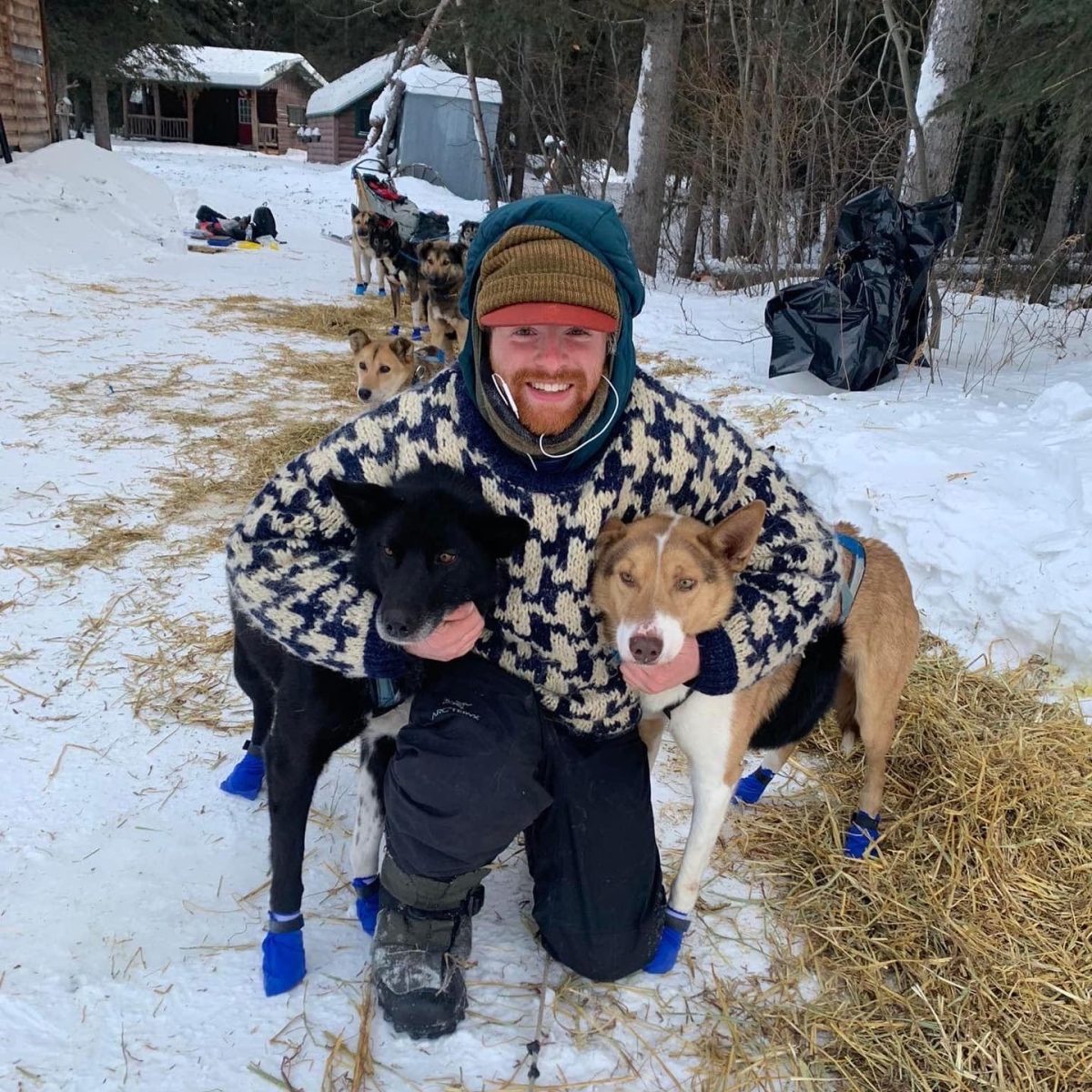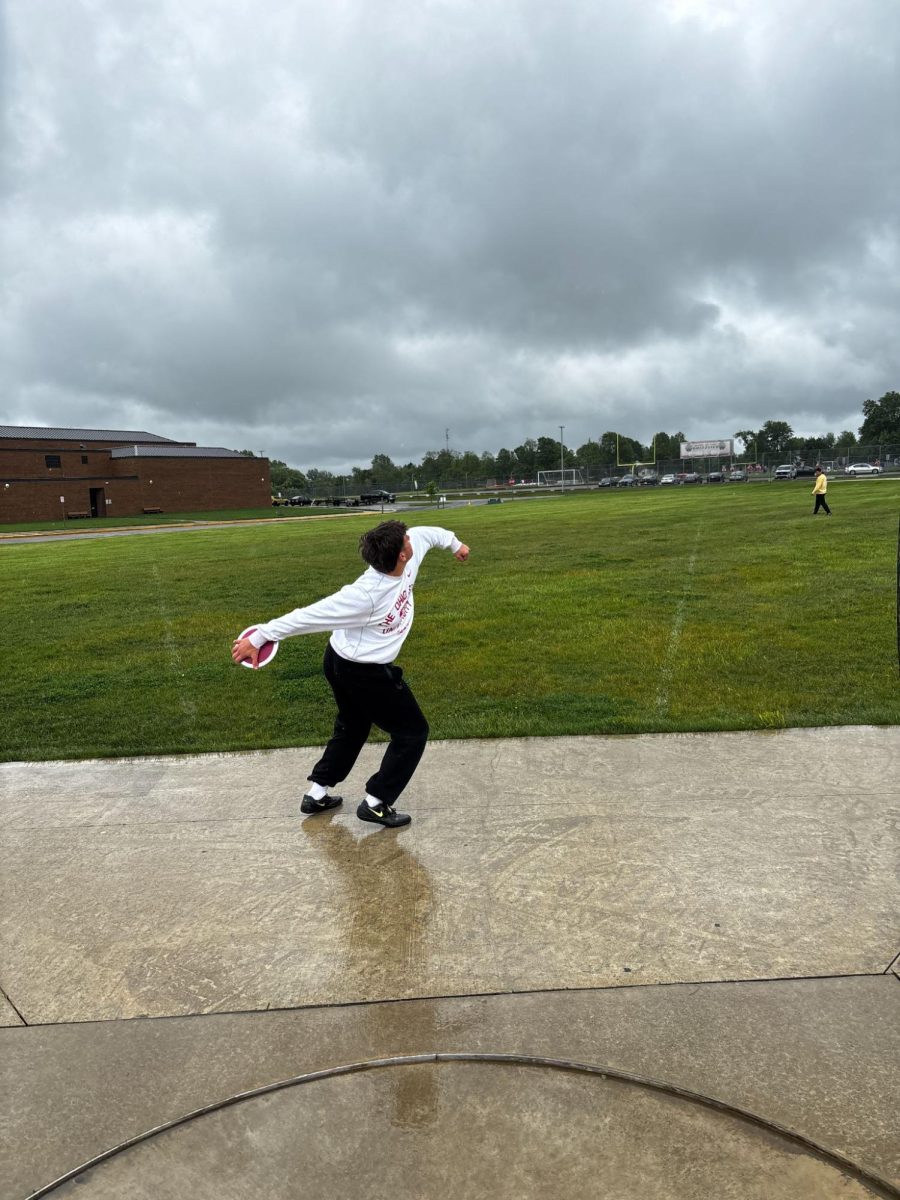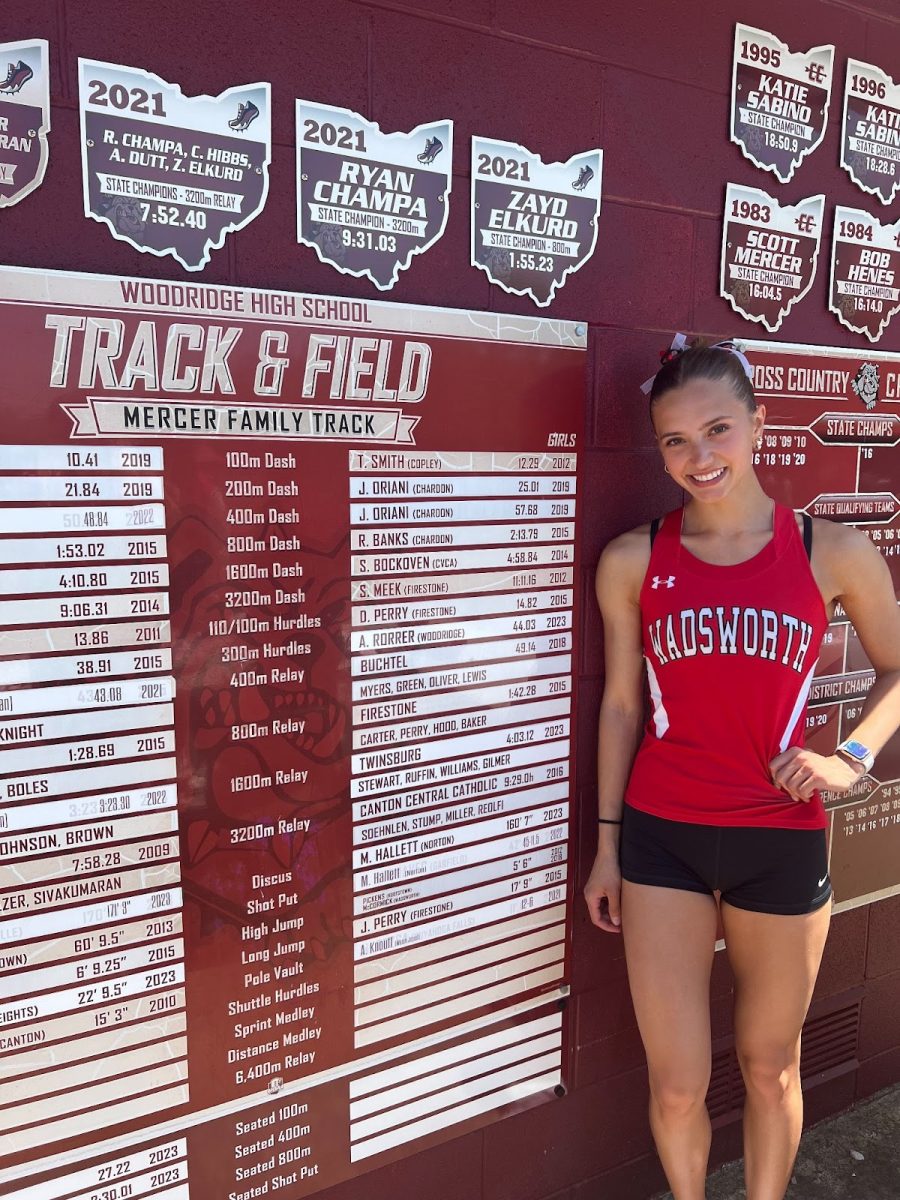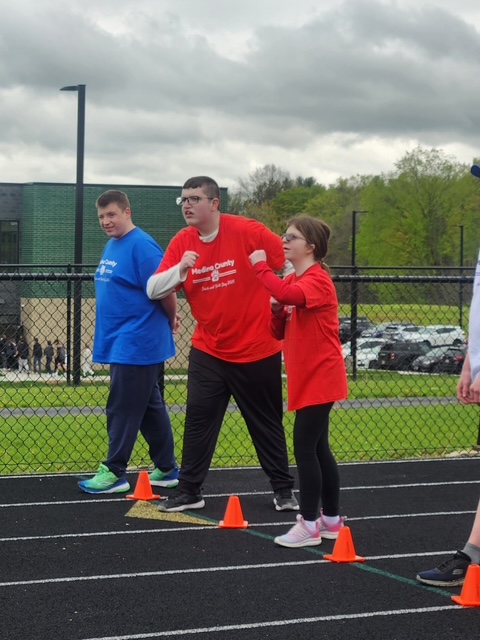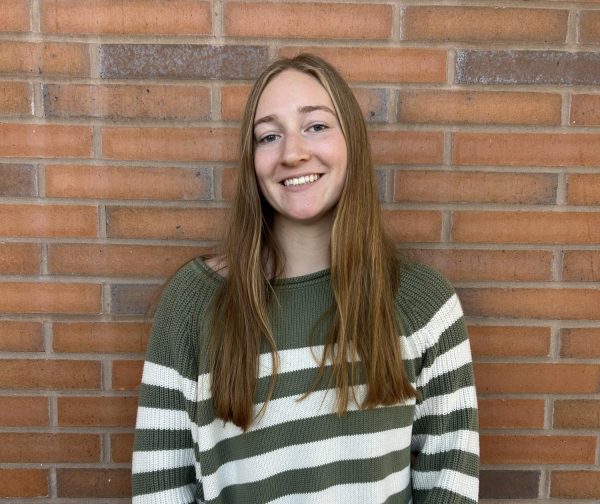Iditarod is a dog sled race in Alaska that starts on March 1 and finishes whenever the racer reaches the 1,000-mile mark or drops out. The Iditarod is a tradition that began to follow in the footsteps of all mushers, or dog sled racers, who brought the diphtheria antitoxin medicine to Nome, Alaska.
But nowadays, the race has become more of a competitive dog sled race. While multiple dog sled races exist in Alaska, the Iditarod is the longest. The fastest time ever for the race was eight days.
“When I got up here, I was still a sophomore in college, but I started falling in love with the sled dog and Alaska and all of this stuff,” said Matthew Failor, an Ohioan who became a musher and has been racing in the Iditarod since 2012. “So I adopted one of the huskies up here, and that was kind of the beginning of it. Then I started thinking about how I could actually learn how to mush them.”
Whoever wins the race gets a 50,000 dollar prize, but dog mushing is expensive, and the prize money doesn’t cover all the racing expenses. Supplies and feeding the dogs are costly, especially when most mushers have around 50 dogs.
“So we didn’t really get into racing to make money, but you need to make money in order to take care of the dogs,” Failor said. “It’s kind of those things where you need money to live, but we didn’t get into it to be rich.”
Dogs are essential to dog sledding, so teaching the dogs all the half-dozen commands the dogs need to know is even more critical. The dogs need to know how to turn left and right, go faster, slow down, and other commands. They are first put into harnesses at 18 months old.
“When we first actually put them in the team, they start in the middle,” Failor said. “The back could be kind of scary because all of a sudden, there’s this sled chasing them. And at the front, they don’t really know where they’re going, so you put them in the middle next to an adult.”
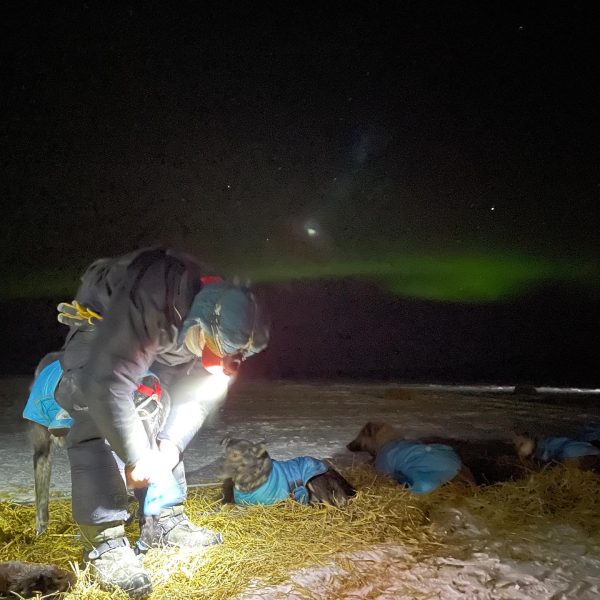
Not only is there the 50,000-dollar prize for placing first, but there are also many other prizes. The Iditarod has awards they will give out with an assortment of prizes that come with them.
“So once you get up on the coast of Alaska, they start evaluating each musher, and whoever exemplifies the best spirit of Herbie Nayokpuk, I guess it’s voted on and given an award for that,” Failor said. “Which was great because it came with a really cool artistic carving of a whale, like an ivory carving and then it was a nice native lady that sewed me a seal hat, like a winter fur hat.”
The Iditarod has different routes depending on the year. On odd years, they do the Southern Route; even years, they do the Northern Route. The weather also contributes to the route being chosen.
“I guess it depends on which route we take. Right now, we don’t have a lot of snow right now in Alaska. And so there are talks of a reroute, which would mean we’d start in Fairbanks,” said Dane Baker, a first-time Iditarod racer. “So I guess if we go the normal route, which would be the southern route this year, we go up and over the Alaska range so that pretty cool part of the trail we go up and over mountains.”
The Iditarod requires mushers to qualify. Mushers must have completed two approved 300-mile and one approved 150-mile race before being able to enter. Mushers also need to practice before racing in the Iditarod.
“They [the dogs] practice in the summertime, but really we don’t. It’s good that they stay in shape, but the fall is when things start getting a little more intense,” Failor said. “They start slowly building up the mileage and teaching them even more stuff. So pretty much, pretty much year-round, there are two months of the year where we can’t really run the dogs because it’s either too icy or it’s melting when it’s springtime and it’s muddy. So usually ten months of the year they’re running.”
Before Baker moved to Alaska, he lived in Michigan. Baker has been interested in mushing since he was young, watching Life Below Zero. After graduating, he moved for his gap year before college but fell in love with mushing so much that he never left for college.
Baker worked for Failor and became a part of Failor’s team, called the 17 Dog. While Failor is taking the more mature dogs for the race, Baker is taking the 18-month-old, less competitive team. Failor started his team after working for another musher. He was given some dogs to start his own team.
“So 17 dogs, so you’re allowed to take 16 dogs on the Iditarod, so one of our supporters, we dub them our 17,” Failor said.

